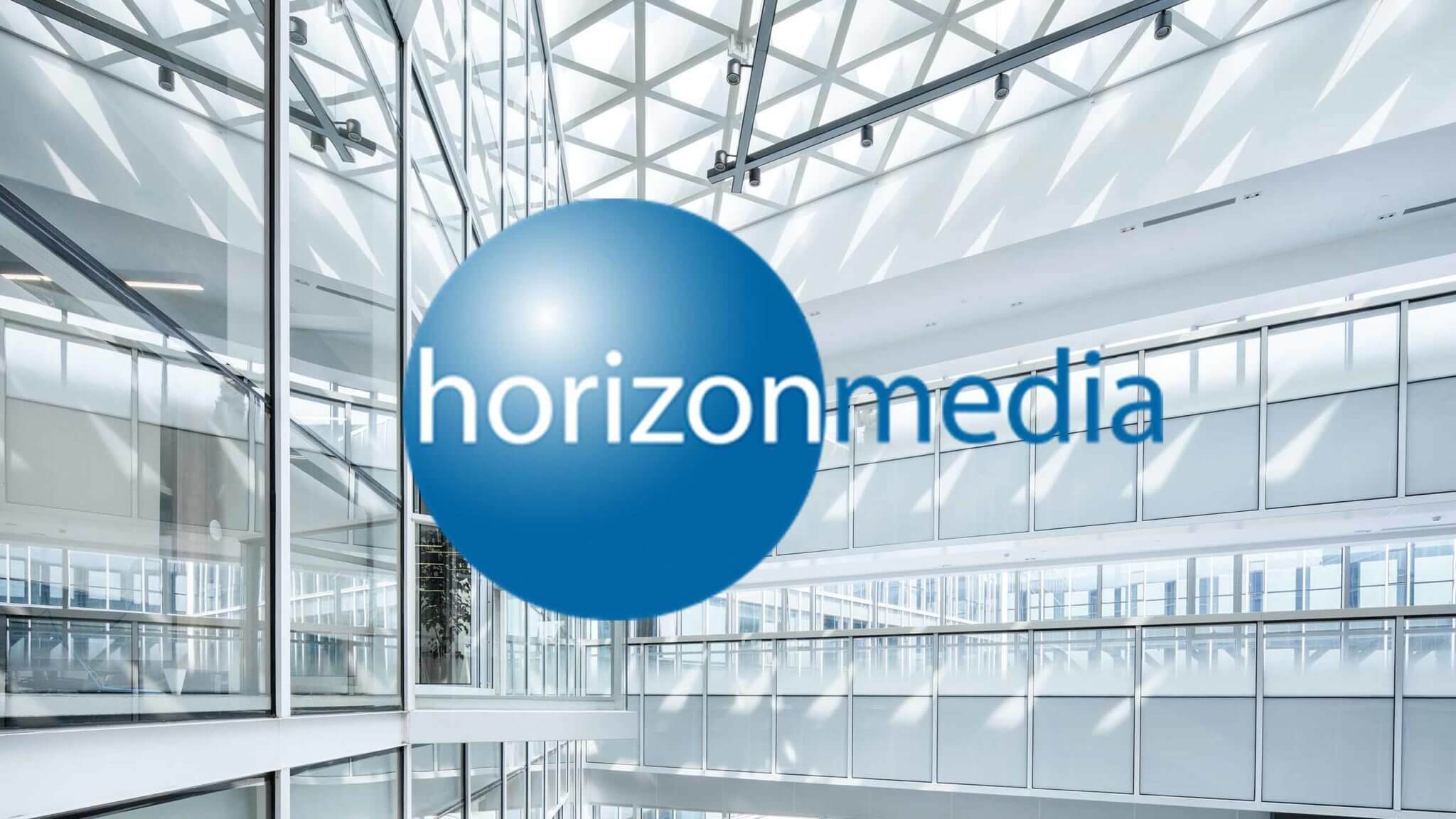
Horizon Media and the Evolving Approach to Programmatic
Magnite Team
March 8, 2022 | 5 min read
We recently sat down with Alexander Stone, SVP Advanced Video & Agency Partnerships, Samantha Rose, SVP Strategic Investment Lead, and Maikel O’Hanlon, SVP Performance Media & Innovation at Horizon Media to discuss developments in programmatic and how they balance various buying tactics to deliver maximum results for their clients. They also share some insights for those looking to refine their media strategies to lean into a more digital-first approach.
Programmatic offers many benefits for buyers, including greater efficiency and flexibility, but there are still some outdated beliefs that may give buyers pause about incorporating it into their strategies. Can you speak to some of the misconceptions about programmatic and touch on some of the reasons buyers may be cautious about venturing into the space?
There’s a longstanding myth that’s finally beginning to fade – that inventory sold programmatically is remnant and therefore lower in value, and that it inhibits quality and brand safety. The opposite is true, in fact, and buyers are turning increasingly to programmatic for the full funnel capabilities as well as efficiency and transparency it provides.
Another common misconception is that ad fraud is only prevalent within programmatic. While concerns around brand safety and fraud in advertising are understandable, it’s important to make use of tools and buying principles that have been developed to keep brands safe and work with trusted tech providers whose products are specifically designed to filter out bad actors and ensure brand suitability.
At Horizon, we’ve placed an emphasis on programmatic buying across premium CTV and OTT inventory, in particular, with a focus on the quality and transparency it delivers. There are many benefits to buying CTV this way, including real-time optimization, access to curated deals and ability to reach addressable audiences at scale. It’s important for us to spend time educating our clients on how programmatic adds value by offering increased control across buys, and how applying data and decisioning on performance multiplies returns on investment.
How does Horizon approach programmatic and how has your philosophy evolved over the past couple of years? Can you tell us about some of the performance improvements clients have seen as a result of implementing shifts from direct to programmatic?
Over the last year or two, we have evolved how we think about programmatic into an omni-buying approach inclusive of streaming audio, video, and OOH, in addition to display and mobile. Our programmatic market solution, HX, takes a brand first approach that benefits our clients through full transparency into technology, data, and management fees, and we focus on the value of programmatic as a buying method via the positive business and media outcomes it generates.
Shifting media from buying via direct IO to programmatic has enabled us to monitor and manage frequency in a more strategic way, which means clients have been able to reach desired audiences more effectively, allowing budgets to go further. Clients are paying attention and will continue to look to Horizon for programmatic strategies that build on delivery and performance.
As money shifts from IO to programmatic, how have you balanced PG and PMP tactics? How do you see that mix changing over the next year or two?
The movement of direct IO to programmatic began with a majority of the allocation moving into PG deals because of their relative similarity to direct IO deals with fixed CPMs and guaranteed inventory. As our clients get more comfortable with this approach, we are able to showcase the incremental management advantages to including PMPs as a larger proportion of the programmatic OTT/CTV video mix. There are many variables that determine what the allocation between PG and PMP will be, such as KPIs favoring lower priced inventory, seasonality impact on inventory availability, delivery pacing, and frequency and reach goals. As we build muscle memory, we expect to continue to iterate on this balanced approach between the two buying types. We’re also driving innovation within PG by pushing for better data solutions and even levels of decisioning ability.
What is some advice you would share with agencies and advertisers who are taking stock of their media buying strategies and considering implementing a more programmatic-first approach?
Do your homework! Understand the current capabilities and limitations of publishers, DSPs, and SSPs to make the most informed decisions for your clients. Inquire about their inventory transparency reporting, historical performance, and forecasting insights against audience segments. During the upfront process, begin your upfront conversations early so as to ensure publishers, content owners, agencies and advertisers are all speaking a common language and making improvements to media buying. Most importantly, seek out multiple perspectives and encourage conversation within your organization.
Looking ahead this year and next, how do you plan to refine these strategies and how has working with an industry player like Magnite helped you to innovate as we enter a new phase for the ad tech industry?
Over the next year or two, a revamped focus on context and brand suitability paired with the use of first party data will grow in importance for advertisers, particularly as privacy restrictions take effect and make it more difficult for the industry to operate with third party data segments. We’ll also be looking with greater purpose at engagement capabilities within creative like QR codes and the role attention metrics play in ensuring campaign success. With Magnite’s expertise in the realm of programmatic and CTV, and through their team’s guidance/collaboration, we’ve been able to provide unmatched value and insights for clients who are keen to future-proof their media strategies and take advantage of new buying methods that deliver more impactful results.
Tags: Buyer, CTV, Horizon Media, OTT, PMP, Premium Inventory
Contact Us